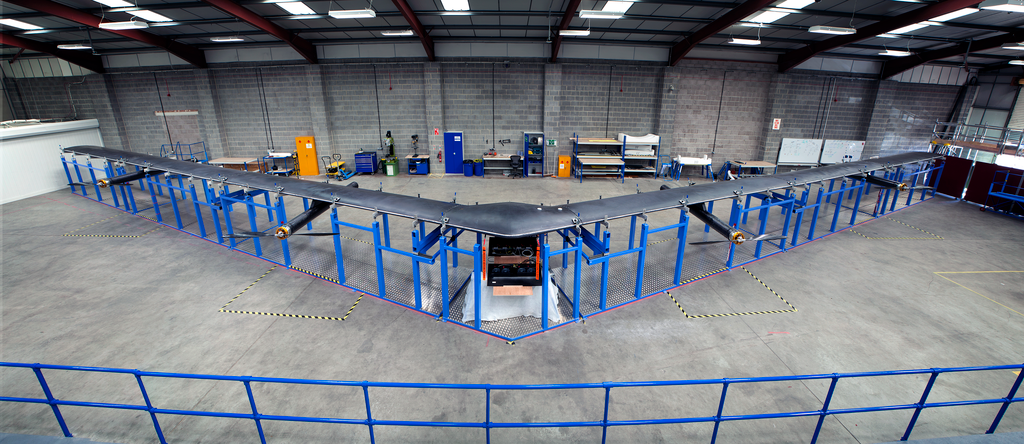By Jay Parikh, VP of Global Engineering and Infrastructure
Since we launched Internet.org, it’s been our mission to find ways to provide internet connectivity to the more than 4 billion people who are not yet online. Many of these people live within range of at least a 3G wireless signal, and our work in the last year with mobile operators across 17 countries has provided more than a billion people with access to relevant basic internet services. But 10 percent of the world’s population lives in remote locations with no internet infrastructure, and the kinds of infrastructure technologies used everywhere else — things like fiber-optic cable, microwave repeaters and cell towers — may be a challenge to deploy cost-effectively in these regions.
That’s where the Connectivity Lab comes in. Our goal is to accelerate the development of a new set of technologies that can drastically change the economics of deploying internet infrastructure. We are exploring a number of different approaches to this challenge, including aircraft, satellites and terrestrial solutions. Our intention is not to build networks and then operate them ourselves, but rather to quickly advance the state of these technologies to the point that they become viable solutions for operators and other partners to deploy.
Today our Connectivity Lab team announced two major milestones in this work:
- A full-scale version of Aquila — the high-altitude, long-endurance aircraft designed by our aerospace team in the UK — is now complete and ready for flight testing. Aquila has the wingspan of a 737 but weighs hundreds of times less, thanks to its unique design and carbon-fiber frame. When deployed, it will be able to circle a remote region for up to 90 days, beaming connectivity down to people from an altitude of 60,000 to 90,000 feet.
- Our laser communications team in Woodland Hills, California, has achieved a significant performance breakthrough. They’ve designed and lab-tested a laser that can deliver data at 10s of Gb per second — approximately 10x faster than the previous state-of-the-art in the industry — to a target the size of a dime from more than 10 miles away. We are now starting to test these lasers in real-world conditions. When finished, our laser communications system can be used to connect our aircraft with each other and with the ground, making it possible to create a stratospheric network that can extend to even the remotest regions of the world.
We still have a long way to go in this work, but we are excited by our early progress. And much like we’ve done with the Open Compute Project, we plan to engage with the broader community and share what we’ve learned, so we can all move faster in the development of these technologies.
To learn more about this work and the people behind the Connectivity Lab, watch the video below.
